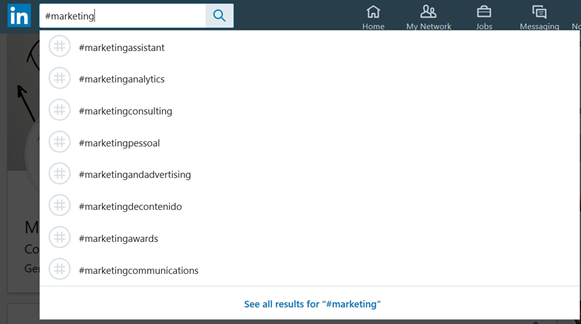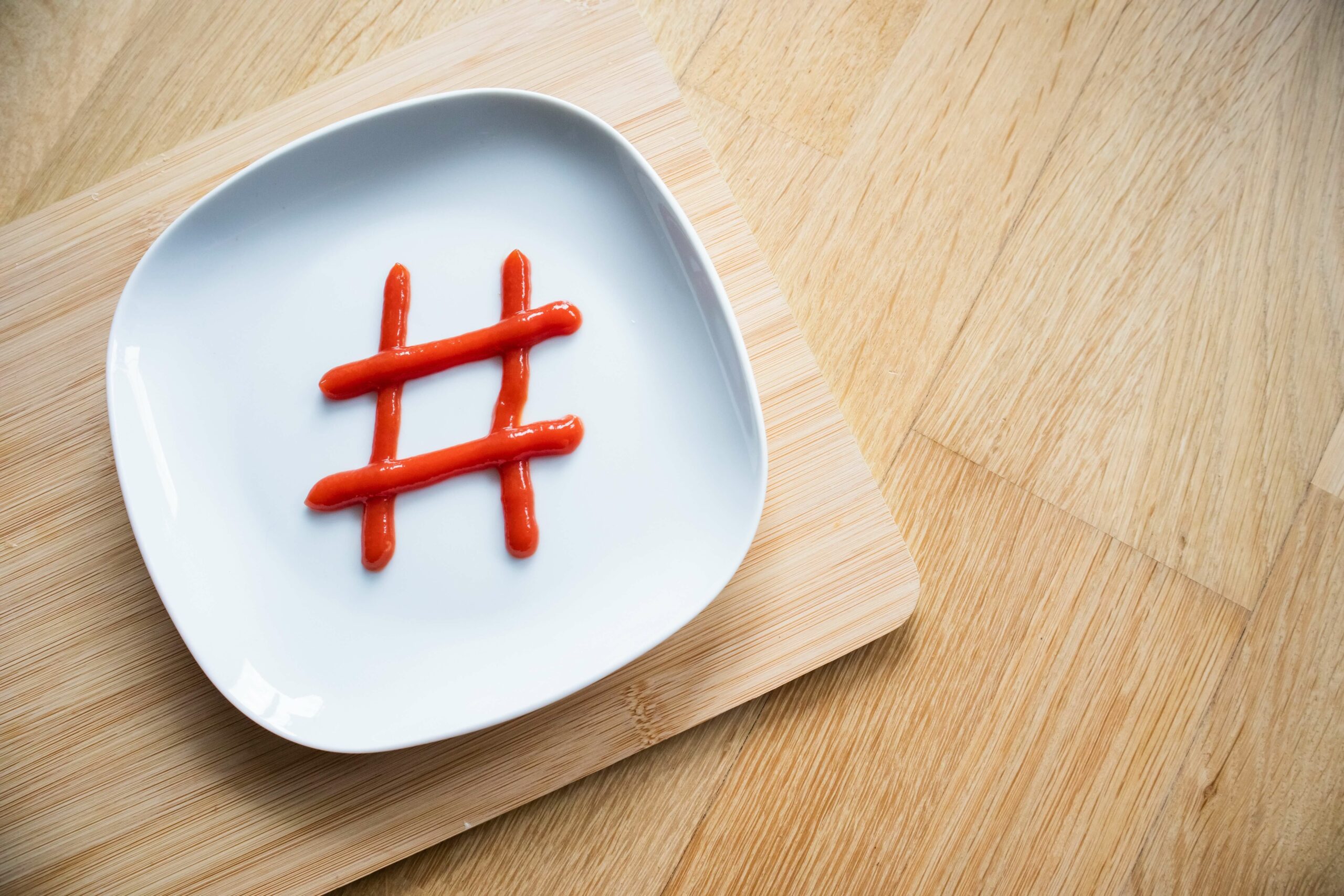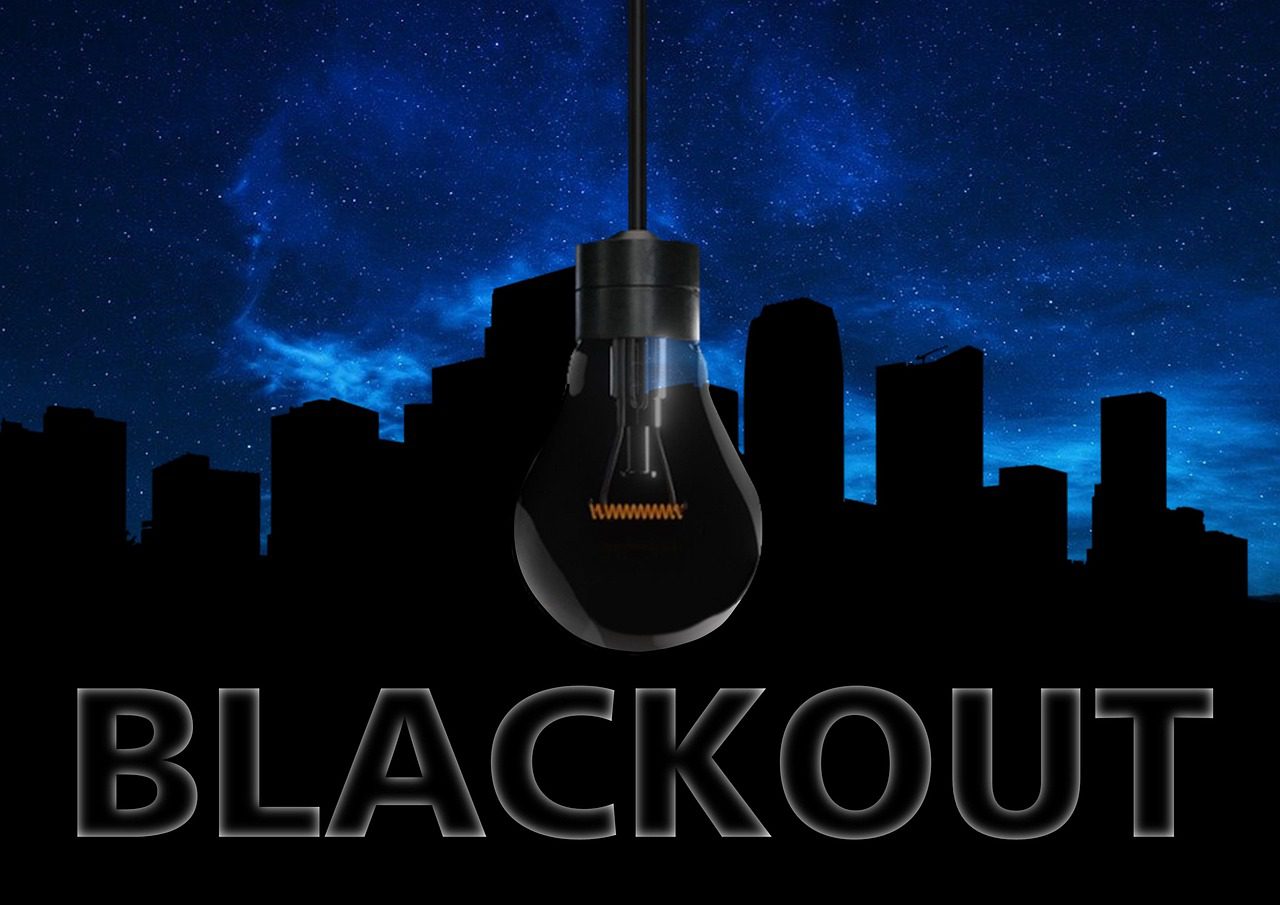Well, you made your first steps on social media, and you are familiar with basic functions – connecting, publishing, sending messages, reacting, etc. But when you publish comments and share posts, are you sure you do it efficiently? Do you use hashtags and arobase?
Here is a short guide for digital beginners to increasing your knowledge of these tools on LinkedIn and Twitter, which are the main social media used for B2B marketing.
A quick overview of what we cover here:
- What are hashtags and arobases, and why use them?
- How to use @?
- How to use #?
What are hashtags (#) and arobase (@)?
A short explanation.
Hashtags are the vectors to follow or respond to a theme thread that interests you. It could be an event, a technology, a project, or anything. By inserting hashtags in your posts, you create awareness of yourself. By searching with hashtags, you learn what is said.
Arobases @ is the vector to reach the accounts of people or organizations or groups outside your circle of connections. By tagging them in your posts, you make them look up to you.
👉🏻 The way the items are written varies from one platform to the other. Examples:
– #EnergyTransition on Twitter; #energytransition on LinkedIn
– @MaryseRebillot on Twitter; @mrebillot on LinkedIn
Why use # and @?
# and @ are used for three main reasons:
- to spot/reach people, organizations, groups present on the platform
- to learn and follow what is said about the topic you are interested in
- to make awareness of your profile, competencies, activity
All this is outside your circle of contacts, acquaintances, and knowledge.
How is it possible? Easy.
Hashtags #
All people – including you – are interested in a topic. If you type #topic in the search field, you will have an idea of the most used keywords through the platform.
On Twitter, people use #topic to see everything published on the topic in question. If you have inserted #topic in your publication, it will appear in their timeline or their search results.
On LinkedIn, people subscribe to topics. Doing so, they see automatically in their timeline everything published on the subject they follow. They will be also notified of publications containing the #topic they follow.
When you write a post, both platforms suggest automatically most-used #topics as soon as a keyword is detected by the system. You just have to click on it to insert it in your post.
Three Use Cases
You are organizing an event and you want to promote it, you will create and launch the #event.
You are launching a new product or brand. To make it known, you insert #product or #brand.
You have expertise in a particular field and you want people to know about it, you will use the # most used in your profession.
Arobase @
If someone is tagged in a post with @nameofsomeone, s/he will see the publication on her/his timline. In other words, if you want to draw the attention of someone to your post, you just have to insert @nameofsomeone in it. If s/he finds your content relevant, s/he may reply or comment on it, or even make contact with you.
It may be:
- a natural person: customer, journalist, influencer, your boss, a colleague…
- a legal unit: a company, an association, an institution,…
- an online professional group
Three Use Cases
You have written an article – published on your site or LinkedIn – and you want to attract the attention of a guru, who is an expert in the subject you are dealing with. You will add @guru in your post. You can even call him to give him his opinion.
You have spotted an interesting article on a subject that your boss loves. You insert @boss.
You want to write a word about your participation in an event and you want the organizer – or other important participants – to see it. You will add @organizer and #event
For more.
How to use @ in practice
Tagging people on LinkedIn
- Type the @ symbol in your post, comment to a post.
- Type immediately after @ the name of the person you target. A drop-down menu of all people registered on LinkedIn appears, whose names begin with the letters you’re typing.
- When you have found the person, click on his name and it will be integrated into your post in blue.
Tagging people on Twitter
- Search the profile on Twitter in the Search field
- Copy and paste into the post the address @name
👉🏻 Finding the right person on Twitter can be difficult because you have many accounts with the same name. An option is to go to the website and click on the Twitter icon.
👉🏻 Note: Twitter is a perfect platform to find/follow influencers, journalists or influencing organisations like associations, federations, Governmental organisations.
How to use # in practice
Different ways to use this sign, push and pull. Push = you publish; Pull = you see the publications. First of all, you must have a qualified list of topics that interest or concern you.
A qualified list of hashtags
A qualified hashtag list includes all the hashtags about you, ranked in descending order of popularity. Hashtags can concern your skills, your market, your field of activity, your differentiators, your profession, etc.
Qualifying hashtags on LinkedIn
You type in the search field the hashtag you are interested in. A drop-down menu will appear with all hashtags used in LinkedIn. Here below, #marketing.

You select a hashtag from the list and press “enter”. The result will appear. Here, the word marketing communications, very little followed. If you want to follow this hashtag, click on “follow”. Otherwise, you start the search again.

You repeat the operation with all the keywords in your list.
Qualifying hashtags on Twitter
In the right menu on the home page, you have a list of the most used hashtags on Twitter. Unfortunately, they are not related to your interests. You should therefore use additional tools to know the popularity of hashtags on Twitter and in your lexical field.
👉🏻 I use hashtagify to create my own list. But you have many others. See this list.
👉🏻 Qualifying hashtags is tedious and time-consuming, but it is very useful to strengthen the outreach of your publications. To keep in mind for brand or product awareness.
👉🏻 Don’t forget to keep the list of hashtags up to date. Make a check every 6-12 month.
Create your own list
The easiest way is to use Excel. In the file, you create 3 columns.
- One for the topics, you identified as the subjects where you are entitled to tell stories against your business and brand. TIP > Pick max 5 topics.
- One for the keywords you have identified and listed for each topic.
- One for the number of followers of the #topics.
Then, you filter the words by decreasing importance.
👉🏻 All these principles can be applied to Facebook and Instagram
More about ozngo ↗
Solid international experience. Technology-savvy. Passionate. Agile. Result-oriented.
Services ↗
Being project-oriented, we cover a large range competencies to setup and drive a whole marketing and communication activity.
nowsite ↗
Our Canadian partner developed a powerful digital marketing plaform especially conceived for freelancers.
-

KEI — The Weak Signals You Can’t Afford to Ignore
-

Resilience and Governance: Balancing Humans and Organisations
-

Iberian Blackout: Communication Meltdown
-

Cyber Communication: Moving Beyond Human Error







